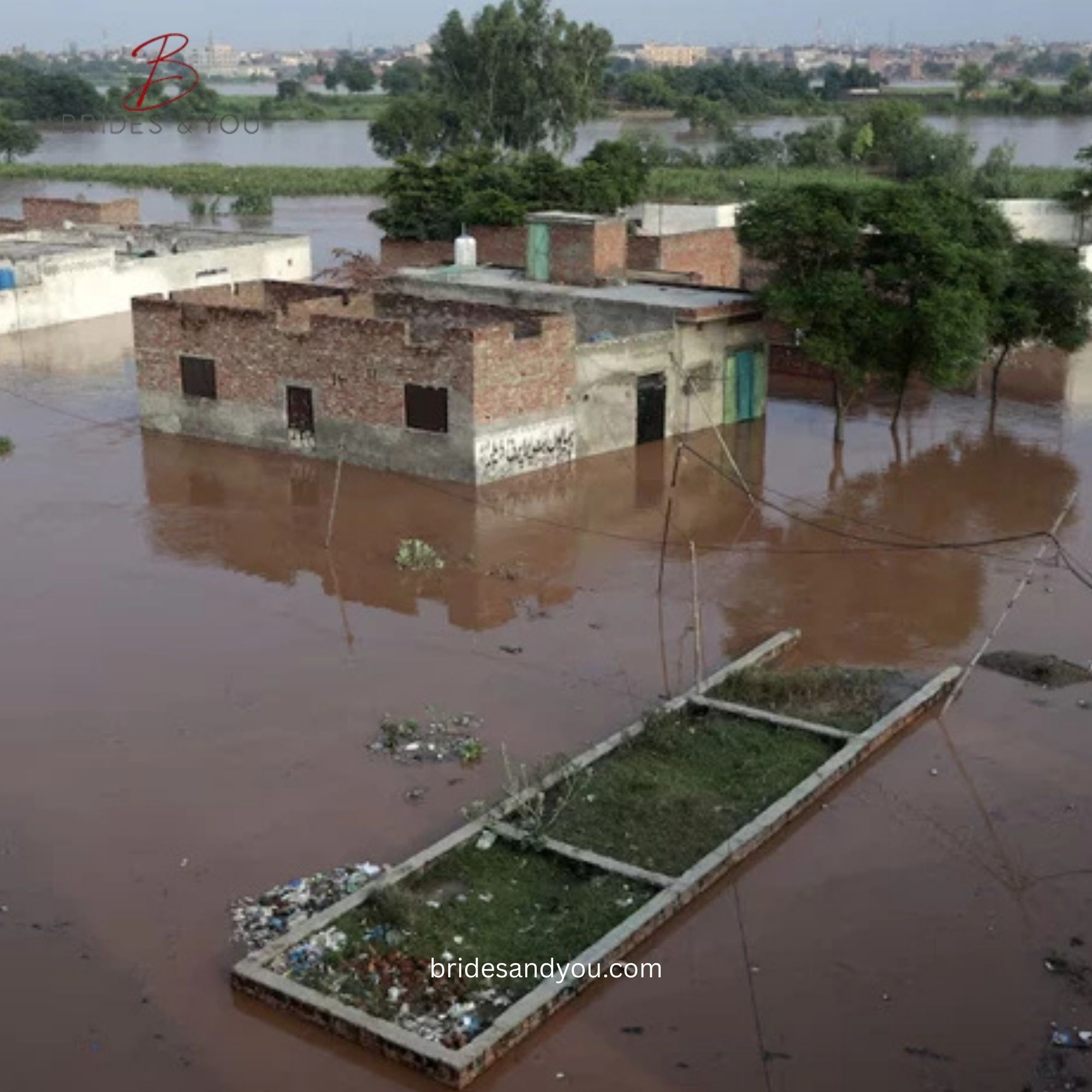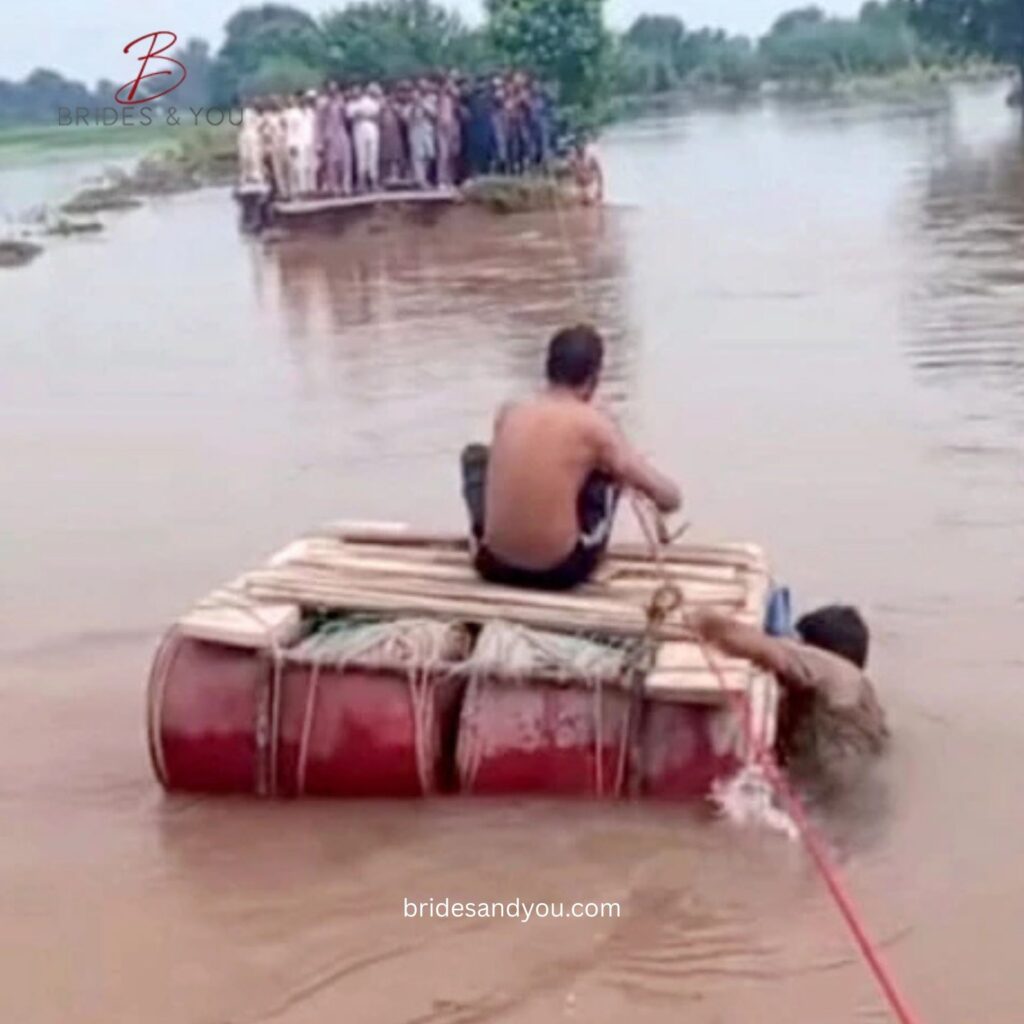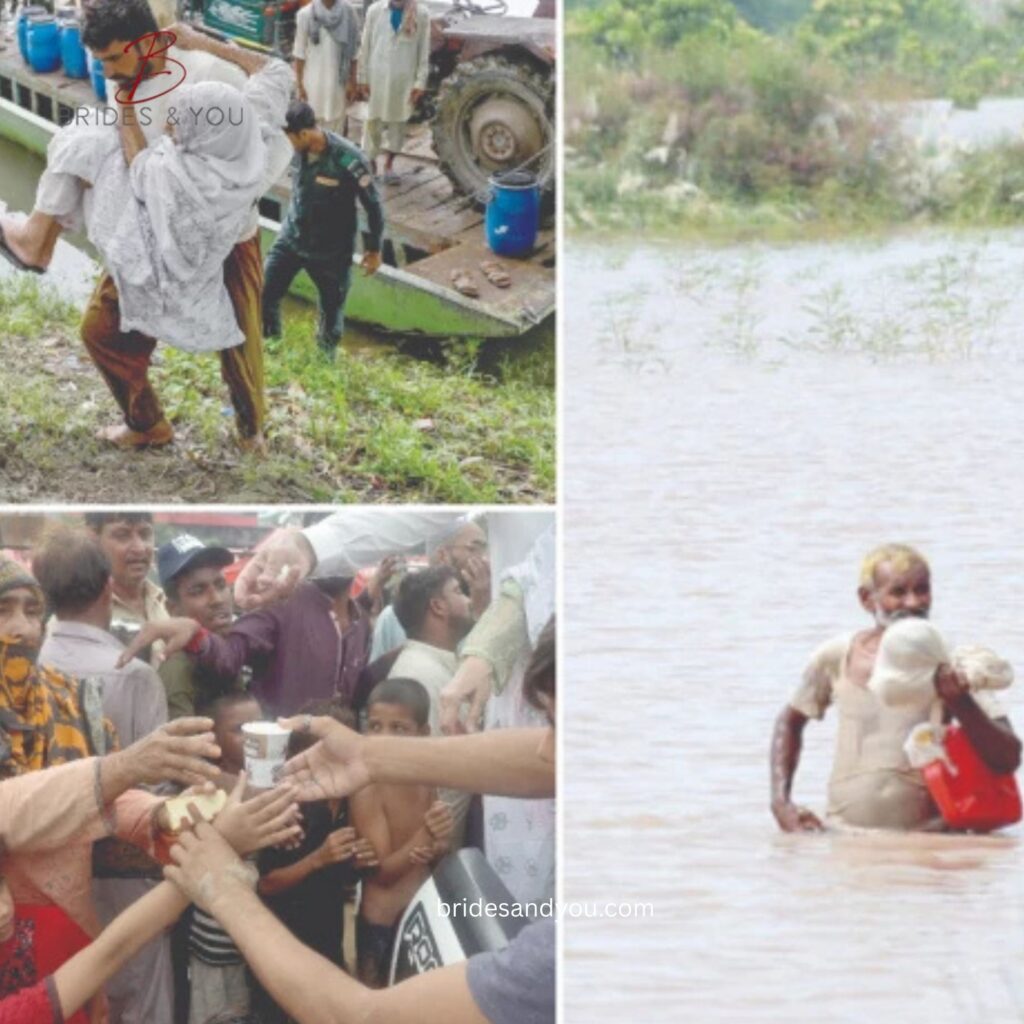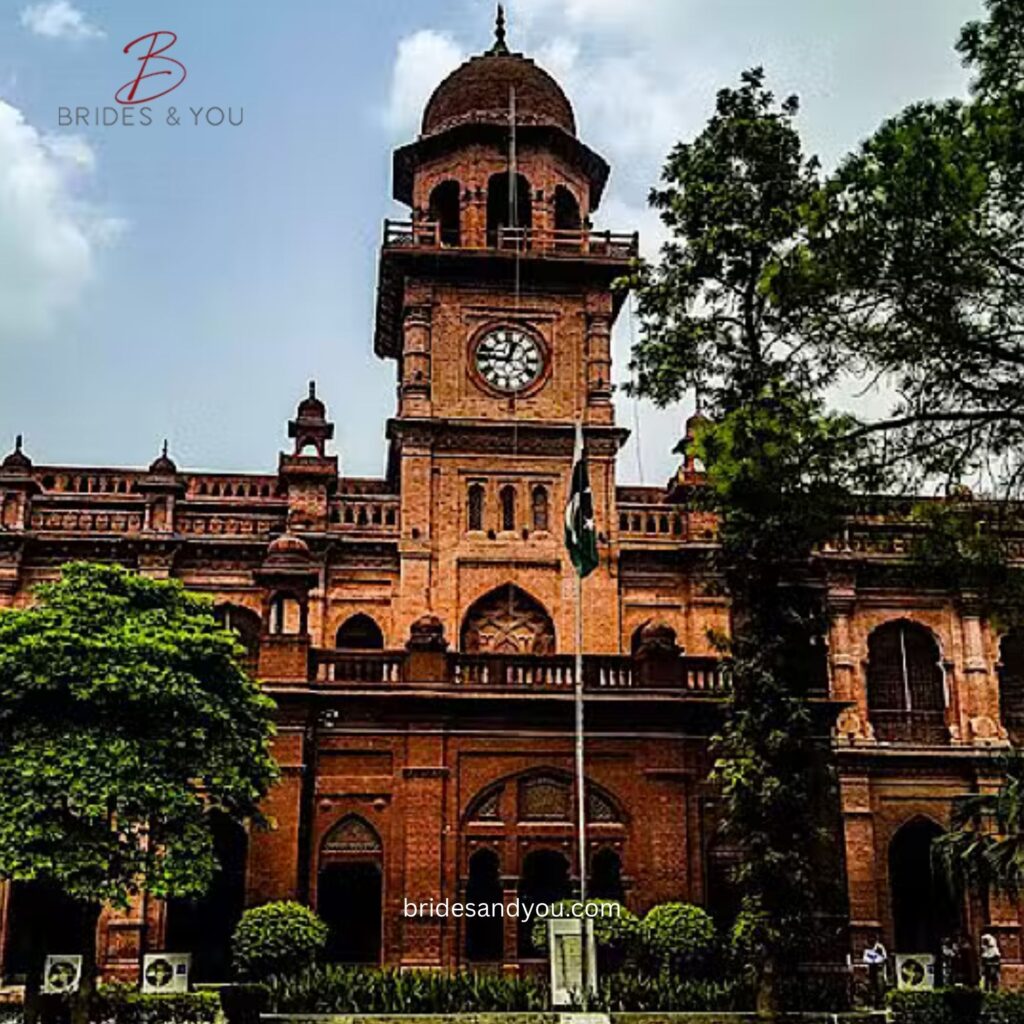Now Reading: Devastating Floods in Punjab: Millions Displaced as Rivers Rage
-
01
Devastating Floods in Punjab: Millions Displaced as Rivers Rage
Devastating Floods in Punjab: Millions Displaced as Rivers Rage

Heavy rains have triggered massive floods in Punjab, Pakistan. These floods force millions of people from their homes. Rivers like Chenab, Ravi, and Sutlej swell with water, creating chaos across the province.
Officials from the Punjab Provincial Disaster Management Authority (PDMA) sound alarms. They say the situation grows worse quickly. Director General Irfan Ali Kathia urges everyone to stay alert in the next day.
People in low-lying areas face the biggest risks. Many lose their houses and belongings. Rescue teams work non-stop to help those in danger.

Rising Water Levels in Key Rivers
The Chenab River carries huge amounts of water. At Khanki Headworks, it flows at 215,000 cusecs. Qadirabad sees 203,000 cusecs. These numbers show how fast the water rises.
Trimmu Headworks reports a sharp increase to 299,000 cusecs. Chiniot bridge records 282,000 cusecs. Experts call this stable for now, but they watch closely.
By tomorrow, Trimmu might handle 700,000 cusecs. Head Muhammadwala could see 800,000 cusecs. This puts places like Sher Shah Bridge at high risk of severe flooding.
Floods in Punjab Threaten Multan and Nearby Areas
A big flood wave heads toward Multan tonight. It comes from the Chenab River. Many people still live near the riverbanks there.
Local leaders cut off electricity for three days to push people to leave. Yet, some residents stay put. They refuse to move despite the dangers.
Khanewal and Kabirwala face high threats too. On September 2, the Ravi River might join the Chenab. This merger could flood more lands.
Impacts on Ravi and Sutlej Rivers
The Ravi River flows strongly at 204,000 cusecs near Head Balloki. Flows drop a bit at Shahdara and Ravi Siphon. Still, the river remains a big worry.
Sutlej River stays in high flood stage. Ganda Singh Wala measures 253,000 cusecs. Head Sulemanki has 154,000 cusecs. Lower points like Head Islam and Panjnad Headworks show 68,000 and 88,000 cusecs.
Floodwaters from these rivers head south. They ravage central areas first. Now, they move toward southern Punjab.
Alerts for Southern Districts
At Uch Sharif, waters from Sutlej, Chenab, and Ravi rush toward Head Panjnad. This is the last barrage in south Punjab. It sits on high alert.
The barrage can hold 865,000 cusecs. Officials expect floods in the next three days. These could hit Bahawalpur and Muzaffargarh hard.
Leaders announce evacuations in these districts. They prepare for the worst. People start moving to safer spots.
Muzaffargarh Prepares for Floods in Punjab
In Muzaffargarh, the Chenab surge arrives between September 2 and 3. Deputy Commissioner Usman Tahir Jappa leads the efforts.
They close 105 schools until September 6. A polio vaccine drive gets delayed. Floods might affect 104 villages.
Authorities set up 18 relief camps. These provide shelter for those who lose homes. Teams help move people and animals.
School Updates in Lahore Amid Floods
Lahore sees some normalcy return. Deputy Commissioner Syed Musa Raza says schools reopen on September 1.
But schools in flood-hit zones stay shut. Those used as relief camps also remain closed.
Parents should check with school heads. Everyone must follow education department rules strictly.
Punjab Battles Super Floods
Senior Minister Marriyum Aurangzeb calls this a “super flood.” It hits Punjab hard, especially in Ravi, Sutlej, and Chenab.
The government uses all resources to save lives. Over two million people suffer from these floods. About 750,000 lose their homes.
Rescue teams save 115,000 people with boats. They also rescue 500,000 cattle. Vets set up 400 camps to care for animals.
Widespread Damage and Risks
Floods affect 2,207 villages so far. Another 1,000 might face threats soon. Districts like Jhang, Multan, Muzaffargarh, Okara, Toba Tek Singh, and Vehari stay on alert.
Government sets up rescue plans. Sadly, 38 people die from roof collapses, shocks from electricity, and other accidents.
Private groups and NGOs join the help. They run medical camps and mobile clinics. These offer health care to flood victims.
Relief Efforts and Security
Relief camps give food, water, medicines, and rations. Police watch for thefts in these centers. They keep things safe.
Drones and thermal cameras aid rescues. These tools spot people in need from afar.
The Edhi Foundation plays a key role. Their marine team moves 8,352 people from areas like Park View, Theme Park, Dhoop Sari, Maraka, and Khurdpur.
Edhi Foundation’s Heroic Rescues
Edhi teams work in Thokar Niaz Baig and nearby spots. They save not just people but also animals like dogs, cats, and birds.
Rescues continue without stop. The spokesperson says they stay ready for more action.
These efforts show how communities come together. Everyone helps in this tough time.
Looking Ahead: More Challenges
Floods might hit 1.65 million people in 14 districts of Sindh next. Waters flow south after hurting Punjab’s heartland.
Punjab turns schools into relief camps. This helps house the displaced. But it disrupts education for kids.
Experts warn of health risks. Standing water can spread diseases. Teams focus on clean water and medicine.
How You Can Help
People from afar can donate to trusted groups. Support Edhi or PDMA. Every bit counts in rebuilding lives.
Stay informed through news. Follow safety tips if you live nearby. Together, Punjab can recover from these floods.













